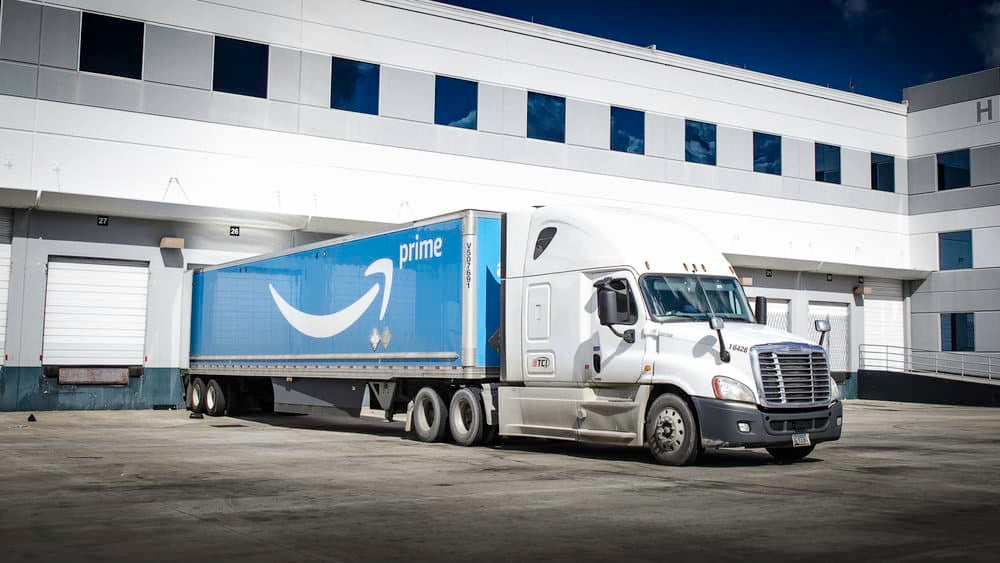
Amazon.com, Inc. (NASDAQ:AMZN) said today its fourth-quarter worldwide shipping costs soared to $9.041 billion as the e-tailing giant invested more heavily in its own shipping network and spent more to move an avalanche of holiday purchases to homes and businesses.
By contrast, Amazon’s fourth quarter 2017 shipping costs totaled $7.3 billion. For all of 2018, Amazon spent about $27 billion on shipping, a 23 percent increase over 2017 totals.
The figures were included in Seattle-based Amazon’s fourth quarter and full-year results, which were released after the financial markets closed. For the quarter, net sales increased 20 percent to $72.4 billion, compared with $60.5 billion in fourth quarter 2017. Operating income increased to $3.8 billion in the quarter, compared with $2.1 billion in the fourth quarter of 2017. Net income increased to $3 billion in the fourth quarter of 2018, compared with net income of $1.9 billion in 2017’s fourth quarter. The 2017 quarter included a $789 million tax benefit from the tax legislation signed into law at the end of the year.
For the year, net sales increased 31 percent to $232.9 billion, compared with $177.9 billion in 2017. The 2018 net sales figure included $1.3 billion tailwind from favorable exchange rates. Amazon’s fourth quarter shipping costs reflected a surge in membership in Amazon “Prime” – members get free two-day shipping for millions of items on Amazon’s site. Amazon signed up a record number of Prime members in 2018, and is believed to have well over 100 million members worldwide.
In addition, users flocked to the company’s holiday promotion that made free shipping available on qualifying items with no required minimum purchase. The promotion, under which goods were delivered within five to eight business days, expired today.
Amazon is building a transport and logistics network to keep up with rocketing demand while maintaining its service commitments. It moves about 10 percent of its shipments in-house. About 62 percent are handled by the U.S. Postal Service, 21 percent by UPS Inc. (NYSE:UPS) and about 7 percent by FedEx Corp. (NYSE:FDX), according to Ship Matrix, a consultancy.
Amazon Air, the company’s air freight operation, provides on-airport “gateway” services at 20 airports to load, unload and sort packages. It opened a gateway in Riverside, California, and plans to launch similar operations this year in Rockford, Illinois; Wilmington, Ohio; and Alliance, Texas. Amazon is also testing a ground transport service that picks up at customers’ facilities and delivers directly to end consumers. Amazon’s air and ground networks have led more than a few people to speculate that it either wants to take more of its outsourced business in-house, or compete with its current partners for all types of businesses, including those outside of Amazon.
Amazon executives said today, as they have said many times previously, that the company is happy with its delivery partnerships, and that it is adding its own capacity to speed up deliveries where it can, and to handle massive surges in demand during periods like the holiday season.
Amazon scaled back its investments in fulfillment and shipping capacity in 2018, with capital expenditures rose 15 percent over 2017 levels. The prior two years, the cost of fulfillment and shipping investments rose by 30 percent each year. Amazon executives said that in 2018 the company harvested the outsize investments in its distribution infrastructure made during the the prior two years, and was able to expand its capabilities without spending as much.











